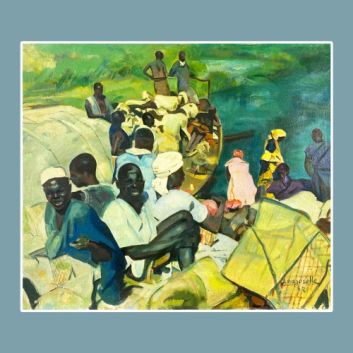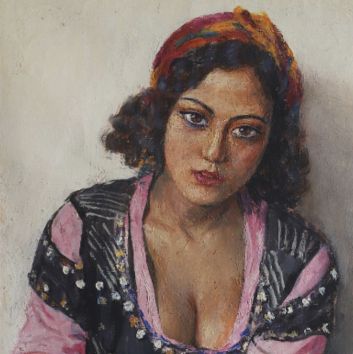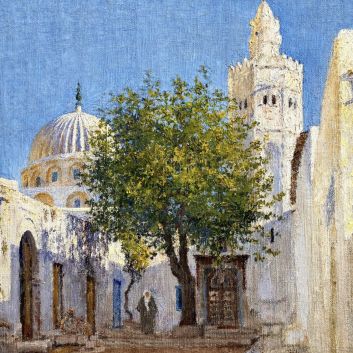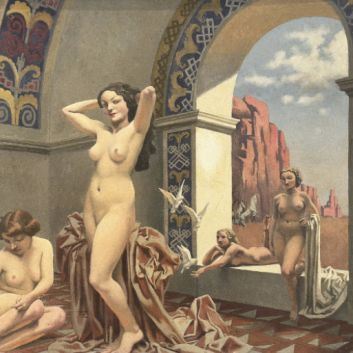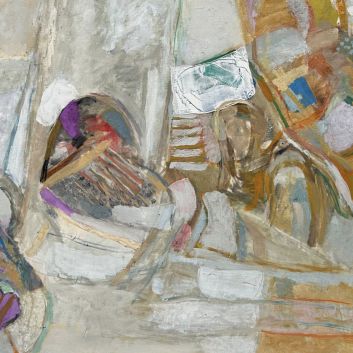Rating and value of paintings and drawings by Charles Théodore Frère
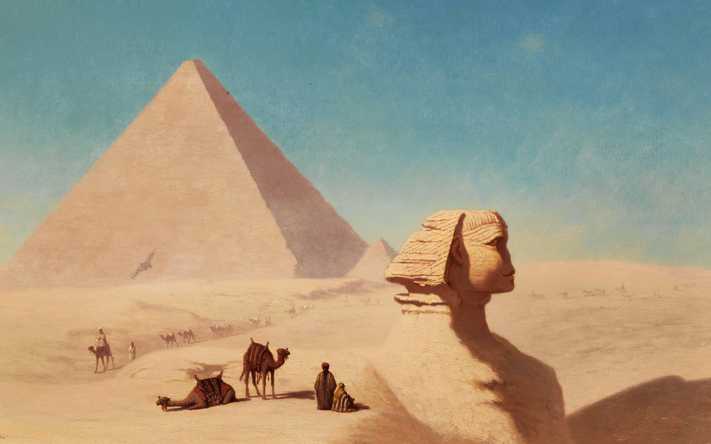
If you own a work by or after Charles Théodore Frère, and would like to know its value, our state-approved experts and auctioneers will be happy to offer you their appraisal services.
Our specialists will carry out a free appraisal of your work, and provide you with a precise estimate of its current market value.
Then, if you want to sell your work, we'll point you in the right direction to get the best possible price for it.
Rating and value of the artist Charles Théodore Frère
Charles Théodore Frère left behind a body of work that was both realist and orientalist. From then on, prices for his works rose under the auctioneer's hammer. His paintings are highly prized, especially by French buyers. The price at which they sell on the art market ranges from €40 to €153,700, a very substantial range but one that speaks volumes about the value that can be attributed to the works of Charles Théodore Frère. In 2018, his oil on canvas Grande caravane de la Mecque sold for €150,000, whereas it was estimated at between €150,000 and €200,000. His quotation is stable, and his works have strong upside potential.
Order of value from a simple work to the most prestigious
Technique used | Results |
|---|---|
Drawing - watercolor | From €40 to €24,600 |
Oil on canvas | From €90 to €153,700 |
Response in less than 24h
Style and technique of the artist Charles Théodore Frère
Charles Théodore Frère was a realist painter who also produced orientalist works (characterized by inspiration from the Orient or the Far East; for him, this was mainly Algeria), drawing much of his inspiration from Delacroix. He produced drawings, oils on canvas, and a few prints that circulate very little on the art market.
Understanding Orientalism in painting
Orientalism in painting is an artistic genre that developed in Europe, mainly in the 19th century, in response to the infatuation with the cultures and landscapes of the Middle East, North Africa and Asia.
This movement is intimately linked to European colonial expansion and the fascination that artists, writers and intellectuals of the time felt for far-off, exotic lands.
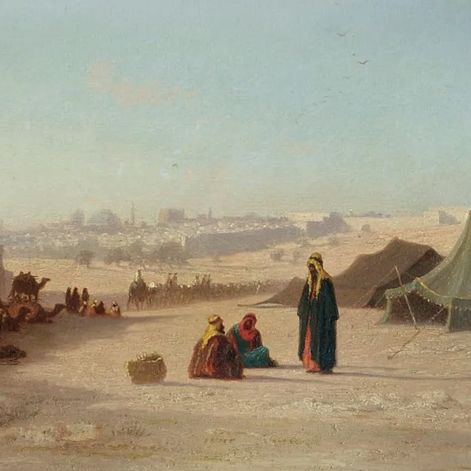
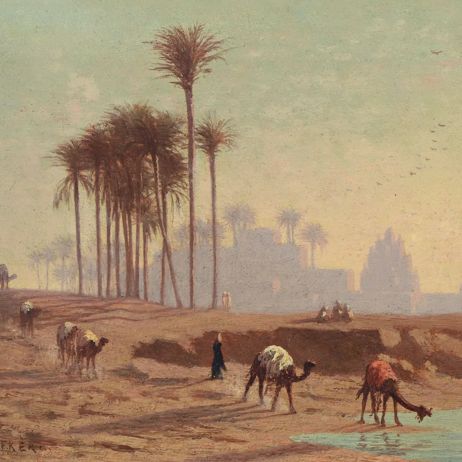
Orientalism in painting is characterized by an idealized, sometimes fantasized representation of the Orient, resulting in works where themes, colors and compositions seek to capture a romanticized vision of these regions.
Orientalist artists drew their inspiration from travel accounts, literary texts and tales of the Crusades, which fed the collective European imagination.
Recurring themes include harem scenes, markets, desert landscapes, religious rituals and portraits of men and women dressed in traditional costumes.
These representations, often produced without direct contact with the cultures depicted, have contributed to the creation of a stereotyped and homogenized imagery of the Orient. This has led to works that, while technically remarkable, convey a Eurocentric and sometimes reductive vision of Eastern societies.
The best-known artists of the Orientalist movement include Jean-Léon Gérôme, Eugène Delacroix and John Frederick Lewis. Gérôme, for example, was famous for his meticulously detailed depictions of oriental scenes, which often combined historical and contemporary elements.
His works, such as Le Marché d'esclaves (The Slave Market) and Le Bain maure (The Moorish Bath), are emblematic of Orientalism in painting, and perfectly illustrate the European obsession with exotic themes.
Eugène Delacroix, meanwhile, was profoundly influenced by his trip to Morocco in 1832, which is reflected in works such as Femmes d'Alger dans leur appartement, where he combines bright colors and dynamic composition to evoke the daily life of women in a harem.
Orientalism in painting is not just a celebration of the exotic; it was also a reflection of the power relations between the West and the East.
Orientalist representations were often marked by an implicit attitude of superiority on the part of the West, which saw itself as the center of civilization in the face of an East perceived as frozen in time, mysterious and sometimes barbaric. In the eyes of many Europeans, this vision helped to justify colonial domination of these regions.
However, it is important to note that orientalism in painting has not always been uniformly criticized. Some works have been hailed for their aesthetic beauty and technical virtuosity.
What's more, some artists have attempted to represent Eastern cultures with a certain respect and genuine curiosity, even if their works remain marked by the prejudices of their time.
Today, Orientalism is subject to critical reappraisal, particularly through the prism of postcolonial studies. Orientalist works are being examined not only for their artistic value, but also for the way in which they have helped to shape and perpetuate stereotypes about the Orient.
This critique invites broader reflection on the role of art in the construction of otherness, and on the power dynamics underlying cultural representations.
Commentary on the painting Arabian Wedding in Cairo
The success of Orientalist paintings on the auction market
On the art market, Orientalist paintings are enjoying a resurgence of interest from collectors, and a general success with bidders. Artists such as Max Moreau, Émile Deckersor Alexandre Roubtzoff have seen their ratings rise.
Beyond the historical appeal of these works, their success can also be explained by technical factors. Indeed, if we consider that Orientalism began at the end of the 18th century, it reached its apogee during the Empire and beyond.
This attraction to the Orient was reinforced by historical events such as the Egyptian campaign, and the imperial propaganda that followed. Many artists, like Charles Théodore Frère, sought new inspiration beyond Europe and the Western context.
Once this framework had been established, artists could use Orientalism to showcase the painting techniques they had mastered through academic canons, working with light to the utmost of their abilities.
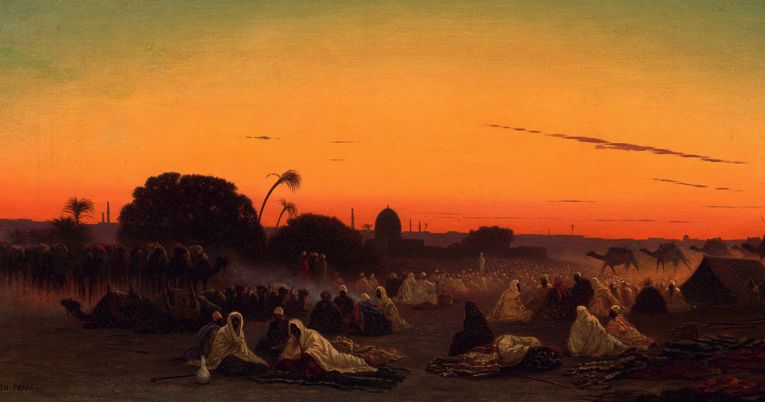
The life of Charles Théodore Frère
Charles Théodore Frère (1814 - 1888) was a 19th-century French Orientalist painter.
Son of a music publisher, he studied with Jules Coignet.
He travels first in France and then in North Africa, which leads him to orientalist painting. He settled in Algiers and followed the Army's advance to Constantine, drawing inspiration from the conflict in some of his paintings.
He quickly achieved success, painting canvases for the King of Wurtenberg. After Algiers, he chose to work in Cairo, where he was supervised by the King.
From 1869, he traveled with Empress Eugénie and Jean-Léon Gérôme for the inauguration of the Suez Canal.
Although little known today, it was admired by great artists such as Claude Monet and Eugène Boudin.
Charles Théodore Frère's imprint on his period
Charles Théodore Frère established himself as a singular figure in the artistic panorama of the 19th century, dedicating most of his work to depictions of the Orient.
His travels to Algeria, Egypt and other parts of the Middle East had a profound influence on his art, leading him to capture with great precision landscapes, street scenes and moments of daily life in these far-flung lands.
Although he does not enjoy the same recognition today as his contemporaries such as Jean-Léon Gérôme or Eugène Delacroix, Frère is enjoying a particular revival on the art market.
Indeed, his paintings are highly sought-after by private collectors, which is reflected in auction results where his works regularly fetch considerable sums.
This success can be explained by the exceptional quality of his work, which combines meticulous attention to detail with an evocative atmosphere, transporting viewers to an East that is both realistic and enchanting.
This phenomenon demonstrates that, although less well known to the general public, Charles Théodore Frère has carved out a special place for himself among Orientalist artists, continuing to attract the attention of art lovers the world over.
Recognizing the artist's signature
Not all works by Charles Théodore Frère are signed. They may be at the bottom of the painting, but if you think you own one, it's best to have it appraised to be sure of its originality.

Knowing the value of a work
If you happen to own a painting by or after Charles Théodore Frère, don't hesitate to ask for a free estimate using the form on our website.
A member of our team of experts and certified auctioneers will contact you promptly to provide you with an estimate of the market value of your work, as well as any relevant information about it.
If you wish to sell your work of art, our specialists will also be on hand to help you sell it at the best possible price, taking into account market trends.
Response in less than 24h
Related topics
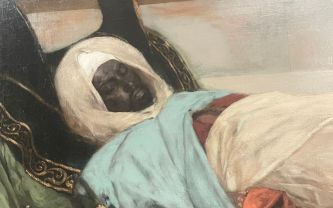
Rating and value of works, paintings by Jean-Joseph Benjamin...
Benjamin-Constant is a 19th-century Orientalist painter. The author of a rich output, his works are highly valued at auction.
Read more >
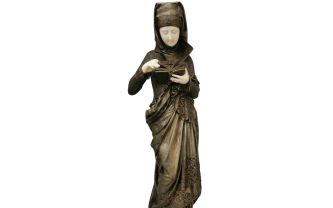
Cote et valeur des sculptures, bronzes, marbres, de Albert-E...
Carrier-Belleuse was a 19th-century painter and sculptor who produced bronzes and marbles that are valued at auction.
Read more >

Rating and value of paintings by Paul Loui...
Paul Louis Bouchard is a post-impressionist artist who produced many paintings that are highly valued at auction.
Read more >
Secure site, anonymity preserved
State-approved auctioneer and expert
Free, certified estimates

